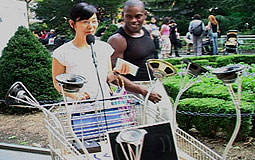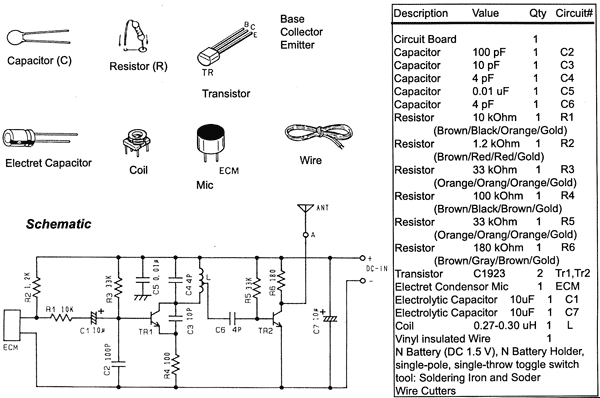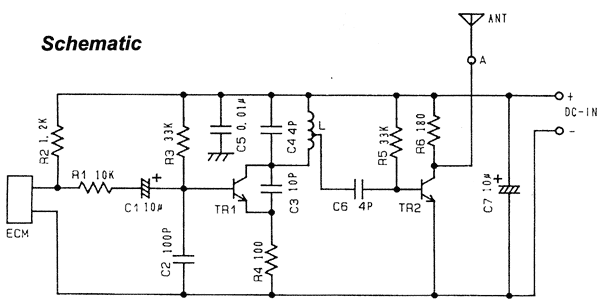

Public Broadcast Cart is a shopping cart outfitted with a dynamic microphone, a mixer, an amplifier, six speakers, a miniFM transmitter and a laptop with a wireless card. The audio captured by the microphone on the cart is fed through the mixer to three different broadcast sources. The mixer simultaneiously feeds the audio:
* to the amplifier that powers the six speakers mounted on the cart
* to an FM transmitter transmitting to an FM frequency
* to the laptop that sends the audio to an online server that will stream the live broadcast, such as the thing.net's server - http://radio.thing.net
The Public Broadcast Cart is designed to enable any pedestrian to become an active producer of a radio broadcast. The cart reverses the usual role of the public from audience to producer of a radio broadcast and online content. View original proposal
As the government and the FCC seek to hand over our media resources to the wealthiest corporate media entities looking to monopolize the media from print to radio to television, it is upto the independent producers to subvert big money domination of our culture.
The Broadcast Cart was funded by the Franklin Furnace's Future of the Present Fund and technical assistance was given by Jan McLaughlin, Greg Gong, Dana Speigel and Darrel O'Pry. The broadcast has been supported by thing.net, Ars Electronica, Exit Art, Tesla Radio. I would like to give special thanks to Martha Wilson and Wolfgang Staehle for their work as artists, independent producers and supporters of artists, and thanks to Brooke Singer, Yuri Gitman, and Dana Spiegel the producers of the public net art event Wireless Park Lab Days, September 19th and 20th, 2003, when the Public Broadcast Cart was first presented.
Build Your Own Radio Cart
Use a simple dynamic microphone plugged into a simple audio mixer that allows multiple output for the audio. The Public Broadcast Cart uses an old, incredibly sturdy and handy SHURE mixer donated by Jan McLaughlin. The closest version available on the SHURE site is the FP23 Microphone Preamplifer
Ramsey Electronics offers a great selection of affordable small transmitters from a $35 AM Radio Transmitter Kit to $300 Factory Assembled and Tested Digital FM Stereo Transmitter. The Public Broadcast Cart uses Ramsey's Professional Synthesized FM Stereo Transmitter Kit, it's an excellent learning experience to assemble your own transmitter.
If you have a wifi equiped laptop and an open wifi node available all you need is Internet radio broadcasting software. Rogue Amoeba's Nicecast allows you to turn your own computer into the broadcasting server. A better idea is to use Nicecast to stream the audio to a server designed to handle online broadcasting.
For immediate area audio amplification, just about anything that can recieve audio from the mixer and output it through speakers could be used, even a boom box. The Public Broadcast Cart uses the Samson SERVO 120A 120-Watt Power Amplifier that powers car speakers that have been mounted onto goose neck microphone extensions
The Public Broadcast Cart has used a few different power sources from as poor as car batteries to as a stable power supply as the Galaxy Far Outlet Model 300S, which Gotham Sound rents for a very low price.
Tetsuo Kogawa's 1 Watt Transmitter Schematic:


Read more!
 South Korea has already made its ambitious robot plans quite well known, and it now looks like a group of Japanese robot companies are doing their best to stay in the race, with them forming a consortium of sorts that they say will let them cooperate in the research, development and marketing of robots. Currently, that group includes Tokyo's ZMP, Nagoya's Business Design Laboratory, Vstone (makers of the Black Ox pictured above), and Tmsuk, each of which will apparently initially focus on "simple service robots" designed to keep watch on the elderly, pets, and children. They're not getting much more specific than that just yet, unfortunately, with one of the company's CEOs only going so far as to say that, "in ten years, robots may be able to help out around the house," but that he doesn't "necessarily know that robots should do everything."
South Korea has already made its ambitious robot plans quite well known, and it now looks like a group of Japanese robot companies are doing their best to stay in the race, with them forming a consortium of sorts that they say will let them cooperate in the research, development and marketing of robots. Currently, that group includes Tokyo's ZMP, Nagoya's Business Design Laboratory, Vstone (makers of the Black Ox pictured above), and Tmsuk, each of which will apparently initially focus on "simple service robots" designed to keep watch on the elderly, pets, and children. They're not getting much more specific than that just yet, unfortunately, with one of the company's CEOs only going so far as to say that, "in ten years, robots may be able to help out around the house," but that he doesn't "necessarily know that robots should do everything."
 RSS Feed (xml)
RSS Feed (xml)




















